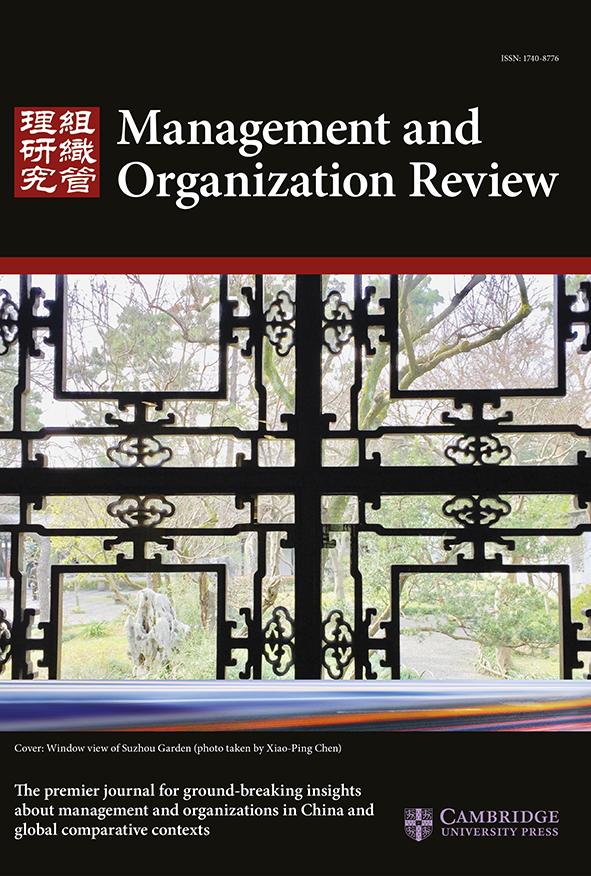In the automotive industry supply networks and board interlocks are interlinked. Through stochastic actor-based modelling analysis for the longitudinal and multilevel networks of 86 firms active in the Chinese automotive, Rongkang Ma (Dalian University) and I looked into how these layered relationships jointly influence firms’ entry into new technology domains and exit from old technology domains. Now open access available in Management And Organization Review, Cambridge University Press.

Aalbers, R, R. Ma (2023) The Roles of Supply Networks and Board Interlocks in Firms’ Technological Entry and Exit: Evidence from the Chinese Automotive Industry, Management And Organization Review, forthcoming
For those interested in the SOAM modeling, below some of the parameter settings used to spec our models:
| Parameters | Explanation of social process | Model setting |
| Within-network structural effects | ||
| Rate | Average number of changes in the network between the discrete panels | Firm-technology domains network, supply network, board interlock network |
| outdegree (density) | The intercept representing baseline tendency for tie formation | Firm-technology domains network, supply network, board interlock network |
| indegree – popularity | Tendency toward variation in the degree to which an actor receives multiple ties | Supply network |
| outdegree – activity | Tendency toward variation in the degree to which an actor sends multiple ties | Firm-technology domains network, supply network, board interlock network |
| reciprocity | Tendency toward reciprocity in tie formation | Supply network |
| transitive triplets | Tendency for the closure of transitive triads | Supply network, board interlock network |
| four-cycles | Tendency for the closure of transitivity of four nodes | Firm-technology domains network |
| Between-network effects | ||
| degree popularity | The impact of degree centrality in one network on the indegree centrality in the other network (BI degree_in, TD degree_in) | Firm-technology domains network, supply network, board interlock network |
| degree activity | The impact of degree centrality in one network on the outdegree centrality in the other network (BI degree_out, TD degree_out) | Firm-technology domains network, supply network, board interlock network |
| indegree activity | The impact of indegree centrality in one network on the degree centrality in the other network (SN indegree) | Firm-technology domains network, board interlock network |
| outdegree activity | The impact of outdegree centrality in one network on the degree centrality in the other network (SN outdegree) | Firm-technology domains network, board interlock network |
| Covariates effects | ||
| ego | Tendency of firms with higher covariate variables (Type, R&D, External B-I ties, Firm Size, Export, State, ROA, Patent, Inventor, Board Size, and Board Number) to form ties with any other firm | Firm-technology domains network, supply network, board interlock network |
| alter | Tendency of firms to form ties with any other firms with higher covariate variables (Type, R&D, External B-I ties, Firm Size, Export, State, ROA, Patent, Inventor, Board Size, and Board Number) | Firm-technology domains network, supply network, board interlock network |
As for Practical Implications, our study has implications for firms’ technology renewal strategy through entering in NTDs and exiting from OTDs. According to our findings, firms with more supplier partners tend to be motivated to move in new technology domains and move out old technology domains, especially those who occupied a central position in the board interlock network. Following this logic, a firm can advance successful upgrading of technology base by leveraging the knowledge resources in different types of interorganizational networks at the same time.
Our study also provides useful practical implications for firms’ management on multiplex network partners. Our findings show that a central position in the board interlock network can enhance the embeddedness benefits derived from broad supply networks, so firms can adjust and optimize the benefits of their supply networks on the basis of managing the knowledge and resource flow at the managerial board level.
Enjoy the read!